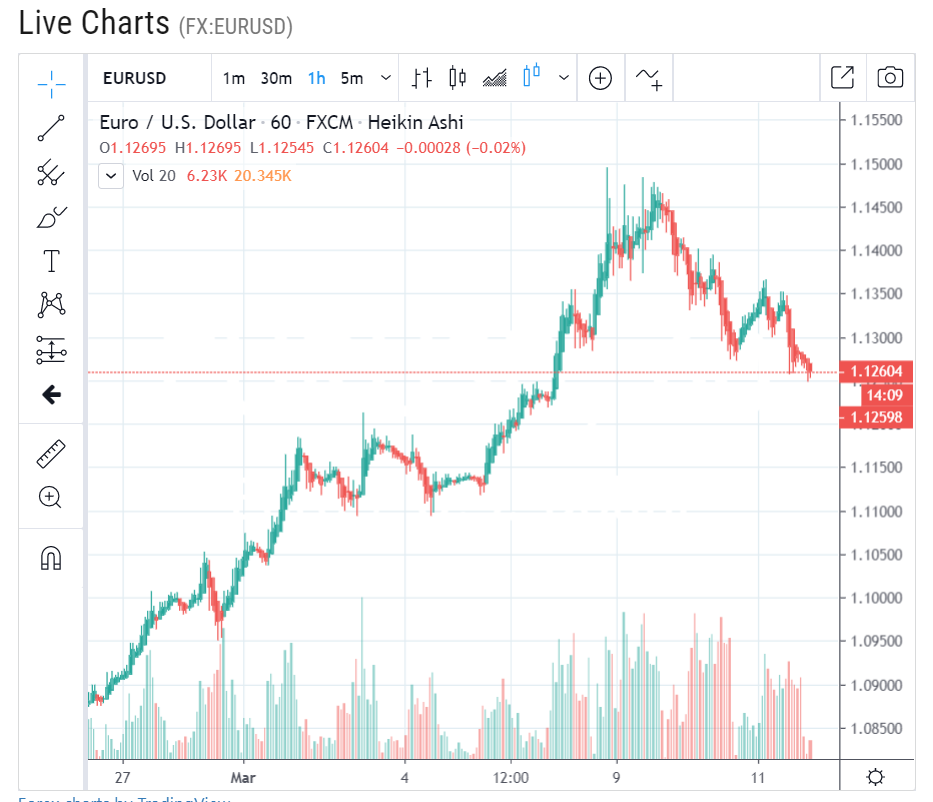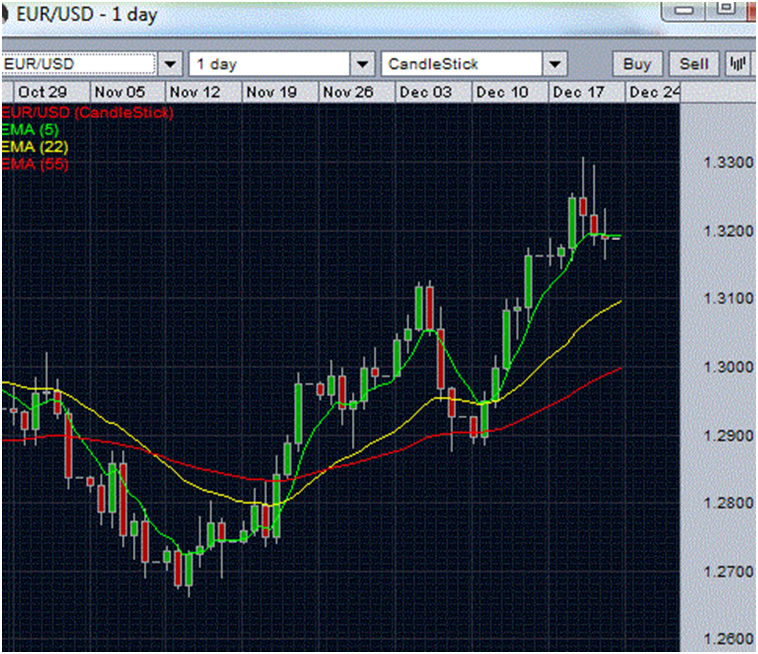The global financial landscape is a realm of dynamic interplay, where currencies rise and fall in value against one another. Among these currency pairings, the USD (United States Dollar) and EUR (Euro) stand as key players, shaping international trade and investment. Understanding the intricate mechanisms that influence their relative strengths can empower traders and investors alike. In this comprehensive guide, we will delve into the complex factors that drive USD/EUR exchange rate fluctuations.

Image: theindustryspread.com
The Fundamental Building Blocks of USD/EUR Value
Like any other currency pair, the USD/EUR exchange rate is governed by the interplay of supply and demand. When demand for the USD increases relative to the EUR, the USD strengthens, leading to a higher USD/EUR exchange rate. Conversely, when demand for the EUR eclipses that of the USD, the EUR gains strength, resulting in a lower USD/EUR exchange rate.
Several macroeconomic indicators serve as barometers of supply and demand, providing invaluable insights into currency behavior. These include:
– Economic Growth: A strong economy attracts foreign investors seeking higher returns, increasing demand for the country’s currency.
– Interest Rates: High interest rates entice investors to park their funds in a particular currency, bolstering its value.
– Inflation: Inflationary pressures erode the purchasing power of a currency, reducing its attractiveness.
– Fiscal Policy: Government spending and taxation policies can impact economic growth and inflation, indirectly influencing currency values.
– Political Stability: Political uncertainty and instability can trigger currency sell-offs, driven by investor concerns.
The Influence of Central Banks on USD/EUR Dynamics
Central banks, the guardians of monetary policy, exert a significant influence on currency exchange rates. Through their actions, they can manipulate interest rates, manage inflation, and intervene in the foreign exchange market.
Raising interest rates increases demand for a currency by making it more attractive to investors. Conversely, lowering interest rates reduces its appeal. Central banks may also engage in quantitative easing (QE), infusing the economy with liquidity to stimulate borrowing and economic growth. This can weaken a currency by increasing its supply.
The Role of Economic Events and Market Sentiment
Beyond macroeconomic fundamentals, a plethora of geopolitical events and market sentiments can sway currency valuations. Wars, natural disasters, and trade disputes can shake investor confidence, leading to currency volatility. Speculation and herd mentality can also drive sharp and sudden exchange rate movements.
For instance, a positive economic data release can strengthen a currency by boosting investor confidence. Conversely, a poor data reading can trigger a selloff. Rumors and expectations surrounding future events can also impact currency trading, making it a fast-paced and often unpredictable endeavor.

Image: www.marketoracle.co.uk
The Interdependence of Global Currency Markets
The USD/EUR relationship is not isolated but rather part of a vast interconnected web of global currency markets. Major currencies such as the Japanese Yen (JPY), British Pound (GBP), and Swiss Franc (CHF) can impact USD/EUR dynamics through their own fluctuations and correlations.
Strong correlations between currencies, like the positive correlation between the USD and GBP, imply that they tend to move in the same direction. Market events or economic developments affecting one currency can have spillover effects on the other.
Navigating USD/EUR Market Opportunities
Harnessing the knowledge of USD/EUR drivers and dynamics empowers traders and investors to identify potential trading opportunities and make informed decisions. Technical analysis, the study of historical price patterns and trends, can provide valuable insights into predicting future price movements.
However, it’s crucial to recognize that currency markets are inherently complex and volatile, and unexpected events can upend even the most well-calculated predictions. A sound understanding of risk management principles and proper portfolio diversification are essential to mitigate potential losses.
How Usd Eur Forex Increase And Decrease
Conclusion
The USD/EUR exchange rate is a barometer of global economic health and investor sentiment. By comprehending the fundamental principles of supply and demand, the influence of central banks, the impact of economic events, and the interdependence of currency markets, traders and investors can navigate the complexities of this dynamic pairing.






